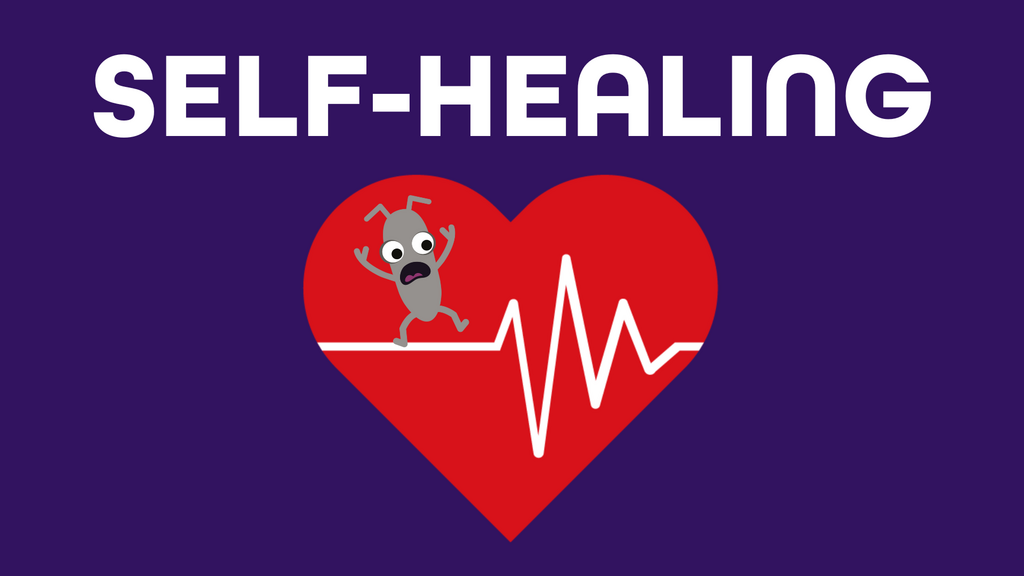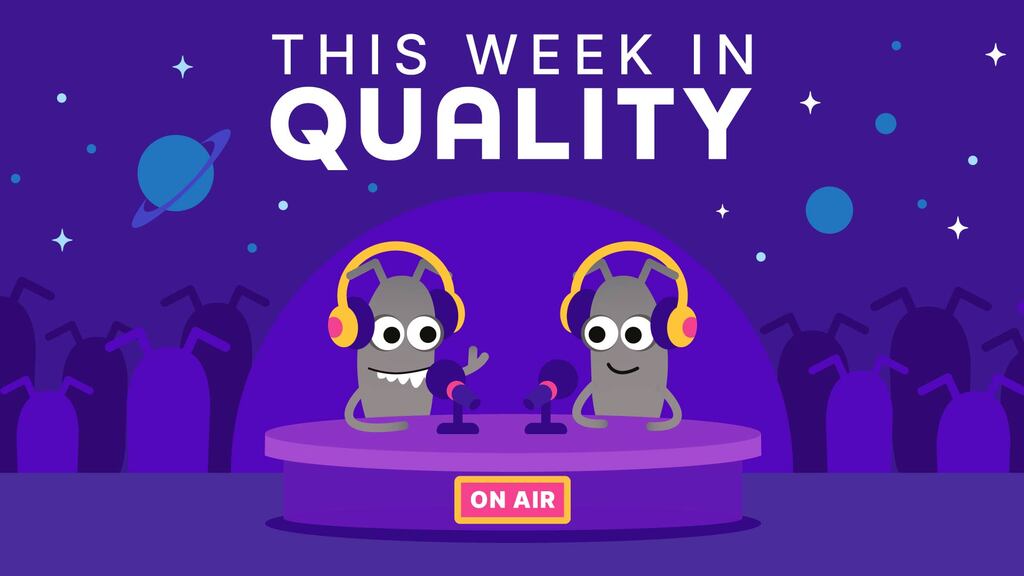Self-healing in software testing refers to the ability of automated test scripts or systems to adapt themselves when an application changes, without requiring human maintenance. Applications often evolve with new element IDs, altered layouts, or modified workflows, which can easily break test automation. A self-healing system detects these changes and automatically finds the best alternative way to continue the test.
For example, if a test script is looking for a button with a specific locator and that locator changes after a new release, a self-healing mechanism can identify the button by using backup locators, attributes, or AI-driven pattern recognition, so the test does not fail unnecessarily.
This approach reduces test maintenance effort, minimizes flaky failures, and keeps the feedback loop smooth even when the application is undergoing frequent changes. By making tests more resilient, self-healing helps teams focus on real defects rather than fixing broken scripts.
For example, if a test script is looking for a button with a specific locator and that locator changes after a new release, a self-healing mechanism can identify the button by using backup locators, attributes, or AI-driven pattern recognition, so the test does not fail unnecessarily.
This approach reduces test maintenance effort, minimizes flaky failures, and keeps the feedback loop smooth even when the application is undergoing frequent changes. By making tests more resilient, self-healing helps teams focus on real defects rather than fixing broken scripts.




